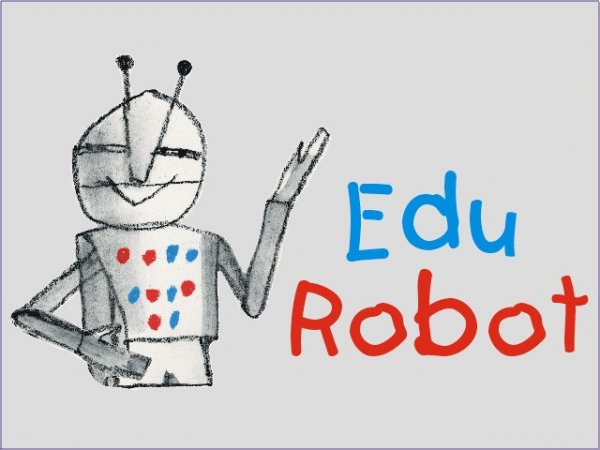EC Edurobot Project
 The EduRobot project has been financed by the European Commission in the framework of the Socrates Programme - Minerva Action. (Contract Number 110036-CP-1-2003-1-IT-Minerva-M, 1 October 2003 - 30 September 2005).
The EduRobot project has been financed by the European Commission in the framework of the Socrates Programme - Minerva Action. (Contract Number 110036-CP-1-2003-1-IT-Minerva-M, 1 October 2003 - 30 September 2005).
The aim of the EduRobot project was to spread the knowledge of the robotic science throughout European secondary schools. The reason for this is that robotics is a science that incorporates several other sciences (e.g. mechanichs, electronics, etc.). The first year of the project was devoted to the creation of training packages, which are deliverables on-line, on topics related to robotics (e.g... mechanics, electronics, computer programming, etc.). These were created by secondary school teachers of scientific subjects according to a common format which has been developed by Pixel.
Each group of schools involved chooses their own topic and are to develop the training material of the chosen subject.
Once produced, the training material was revised by the National Centre of Research in Italy and by the Italian School of Robotics. These two bodies are also in charge of the development of some of the training modules as well as of a glossary for robotic terms that will be translated by all the partners in their national languages.
The first half of the second year of the project was dedicated to the delivery of training to all teachers and students involved. The delivery of the training was carried out with the use of an e-learning platform where the training material developed during the course of the first project's year was being uploaded.
The second part of the second year of the project was dedicated to the development of a virtual lab"". Schools were divided into transnational groups. Each transnational group of schools had the task of building a robot. The aim of the activity was for the students to experiment with the concept and methodology of transnational research and development projects that are carried out in Europe. This was achieved through a "learning by doing" approach, with the support of two of the scientific partners (i.e. the National Centre of Research in Italy and by the Italian School of Robotics).
At the end of the second year of the project, a conference and a tuornament were organized in order to present both the project's results and the robots that have been developed.


